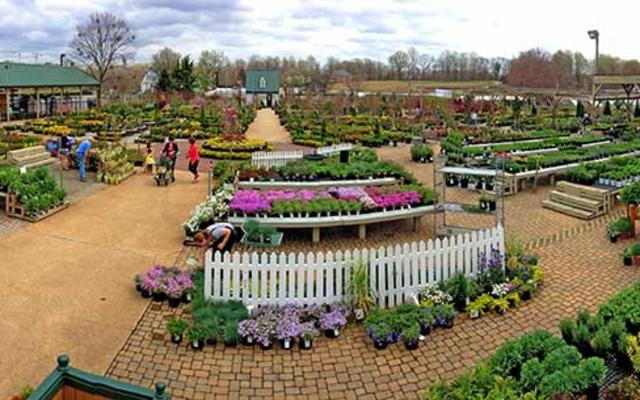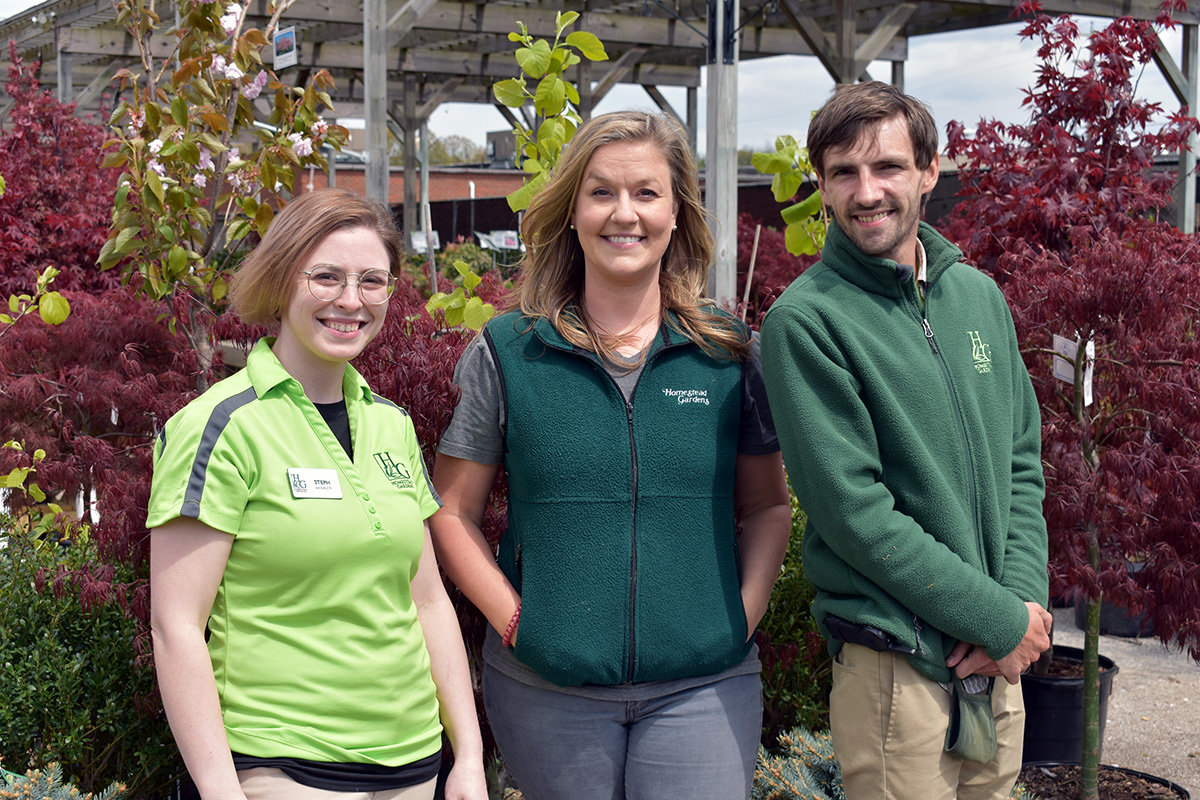How to Optimize Growth with Homestead Gardening
How to Optimize Growth with Homestead Gardening
Blog Article
Reveal the Tricks to Creating a Productive and lovely Gardening Room
Creating a effective and gorgeous horticulture area is not simply an issue of growing flowers and veggies; it needs a critical strategy that incorporates numerous essential elements. From selecting the right location based on sunshine and dirt kind to attentively creating your design and choosing suitable plants, each decision plays an essential duty in the success of your yard.
Selecting the Right Location
Picking the suitable place for your yard is vital to its success and general aesthetic allure. The initial step in this procedure includes assessing sunshine direct exposure, as the majority of plants need at least 6 hours of straight sunshine daily (Homestead Gardening). A south-facing garden typically obtains the most light, while shaded locations can hamper development and flowering
Additionally, take into consideration soil top quality and drainage. Well-draining dirt is important to prevent water logged origins, which can result in plant conditions. Conducting a dirt examination can give useful details regarding pH levels and nutrition web content, allowing you to amend the dirt accordingly.
In addition, distance to water sources is an additional aspect to weigh - Homestead Gardening. Having simple access to a pipe or watering system can streamline the watering procedure and urge constant plant care. Wind defense is additionally crucial; positioning your garden near frameworks, such as walls or fencings, can secure it from severe winds that may damage fragile plants
Lastly, think about access for upkeep and harvesting. A well-placed yard enables convenient accessibility, ensuring that you can quickly often tend to your plants without creating excessive tension or disruption. Thoughtful place option lays the foundation for a prospering yard.
Picking Plants Wisely
When selecting plants for your yard, it's necessary to think about elements such as climate, soil problems, and individual choices to make sure a unified and effective space. A thorough understanding of your regional climate will lead you in selecting plants that thrive in your specific setting. Picking drought-resistant ranges is useful in arid areas, while moisture-loving types might be extra proper for locations with high rains.
Soil conditions are just as crucial; conducting a dirt examination can expose pH levels and nutrient web content, allowing you to choose plants that will prosper. Indigenous plants are frequently an exceptional option, as they are usually well-adapted to local dirt kinds and call for much less upkeep.
Mirror on your individual preferences-- choosing plants that reverberate with your visual tastes will certainly boost your enjoyment and commitment to maintaining your yard. By carefully examining these variables, you can develop a flourishing and diverse plant option that raises your horticulture experience.
Creating Your Yard Design
With an attentively chosen plant selection in hand, the next action is to create a garden layout that maximizes both elegance and performance. Begin by analyzing the readily available room, considering elements such as sunshine, color, and wind patterns. A tactical format must include various zones, including locations for planting, pathways, and perhaps seating.
Beginning with bigger plants or centerpieces, such as trees or high perennials, placed purposefully to develop visual passion. Layer smaller sized plants in front to boost depth and structure. Take into consideration the development routines of your selected plants; taller selections should go be placed at the back or facility of beds, while shorter ones can line the edges.
Incorporating paths not just facilitates gain access to for maintenance but also invites exploration. Use products that match the garden's overall aesthetic, whether stone, timber, or crushed rock chips.
Furthermore, think of seasonal adjustments and exactly how your layout will certainly look throughout the year. Integrating evergreens alongside seasonal blossoms can guarantee year-round elegance. Inevitably, a well-designed yard design balances the natural elegance of plants with useful factors to consider, resulting in a space that is both welcoming and productive.
Enhancing Soil Wellness

To boost dirt health, start by conducting a soil examination to examine pH levels, nutrition web content, and soil texture. This will educate your amendments. Integrate organic issue such as garden compost, well-rotted manure, or leaf mold to boost soil framework, water retention, and microbial task. Additionally, exercising crop turning can protect against nutrient exhaustion and lower bug and condition pressures.
Mulching is an additional effective technique; it not only preserves moisture but also suppresses weeds and slowly improves the dirt as it damages down. Staying clear of extreme tillage is essential, as it can interrupt soil structure and damage beneficial organisms. Instead, embrace no-till or minimal tillage practices to keep dirt honesty.

Keeping Your Yard Properly
A well-maintained garden provides satisfaction and efficiency, calling for regular focus to make certain that plants grow and the landscape stays welcoming. Efficient garden maintenance involves a number of crucial methods that improve the health of your plants and the general visual of your room.
Regular watering is vital; nonetheless, it is vital to customize your watering schedule based on the certain requirements of your plants and local environment problems. Mulching can assist keep moisture, subdue weeds, and control soil temperature. Furthermore, timely weeding avoids competition for sources and nutrients, making sure that your plants flourish.
Pruning is an additional necessary job. It urges healthy development, eliminates unhealthy or dead branches, and shapes plants to keep an attractive framework. In addition, keeping an eye on for insects and conditions is vital; early discovery and intervention can conserve your plants from significant damages.
Fertilizing ought to be executed thoughtfully, making use of organic choices whenever possible to promote lasting soil health. Seasonal jobs such see it here as growing, dividing perennials, and preparing for wintertime will certainly ensure your yard remains lively year-round. By following these methods diligently, you can grow a yard that is both productive and stunning.
Verdict
Finally, the development of a efficient and lovely horticulture space requires mindful consideration of a number of crucial elements. Picking a suitable place with ample sunshine, picking appropriate plants, making an aesthetically pleasing layout, enhancing soil health and wellness, and guaranteeing routine maintenance are vital elements. By incorporating these practices, one can grow a thriving garden that not only improves the landscape however likewise promotes ecological balance and sustainability. Such a method eventually results in a gratifying gardening experience.
From selecting the right location based on sunshine and dirt type to attentively developing your design and selecting ideal plants, each choice plays a critical duty in the success of your yard. Well-draining dirt is important to prevent water logged origins, which can lead to plant conditions.When selecting plants for your garden, it's crucial to think about aspects such as environment, soil conditions, and individual preferences to make sure a productive and unified area. Ultimately, a properly designed garden format harmonizes the natural beauty of plants with functional considerations, resulting in a space that is both welcoming and productive.

Report this page